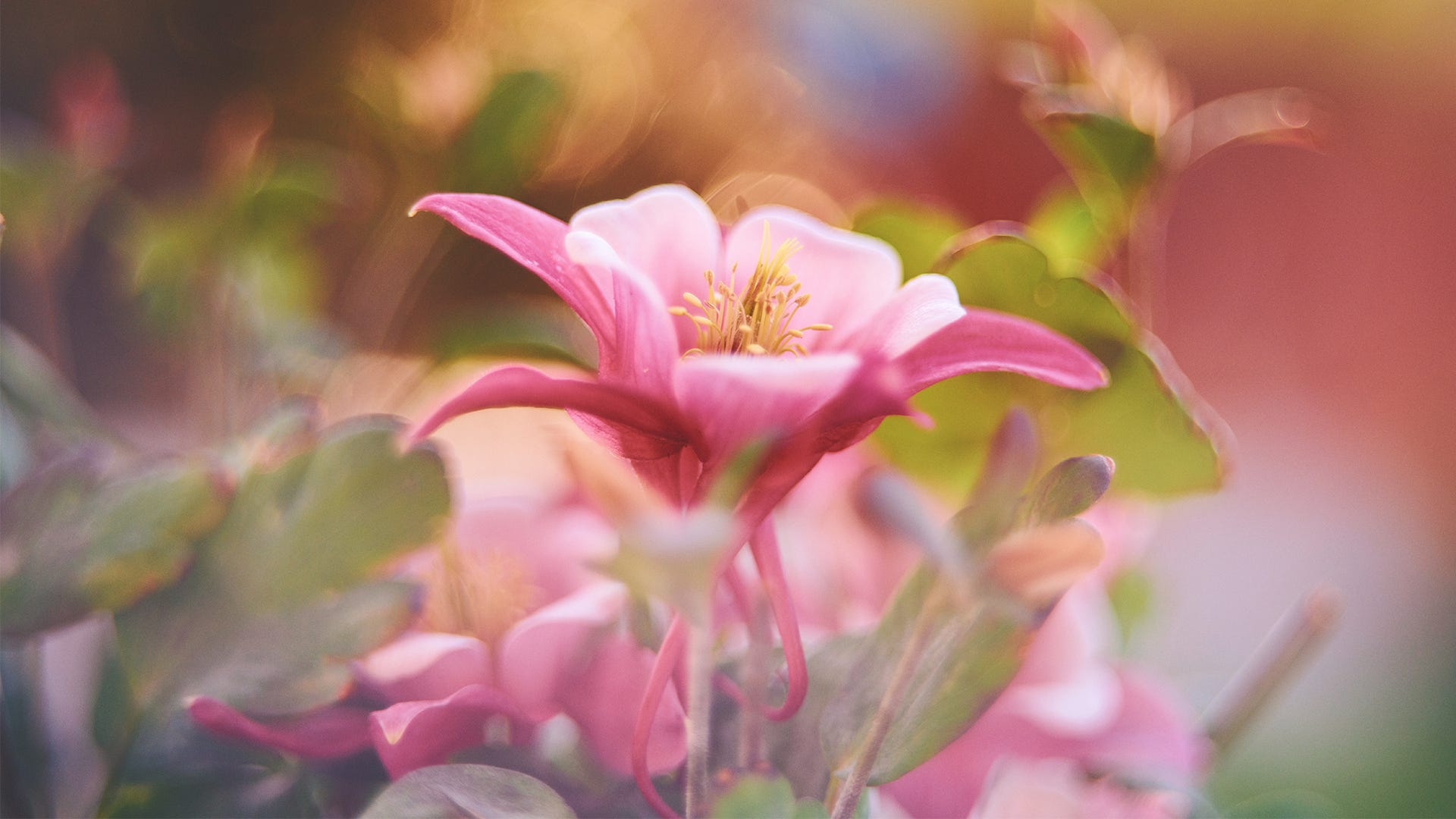
Leaves, stems, roots, flowers – you know the basic anatomy of plants. But if you're growing a crop that you want to produce seeds, or to not produce seeds at all, it helps to get familiar with the reproductive parts of plants. That's right -- plants make seeds through a process not entirely unlike how humans reproduce (but without the fun stuff). Some plants have separate male and female flowers. Other plants have all of the vital parts in one flower. Here are the key players and what you need to know about them.
Stamen
The male parts of a flower consist of an elongated cluster of sacs, called an anther, which emerges atop a thin filament when the flower opens. Inside the sacs are particles of pollen, which sit on the outside of the anther until wind, bees or other pollinators transfer it to the female parts. Together, the anther and filament are known as the stamen (pronounced "stay-men"). If you want your plants to produce seeds or fruit in an indoor garden, you can help by using a small thin paint brush to transfer the pollen grains from the male stamen to the female stigma. If your goal is to get unfertilized flowers with no seeds, you want to snip off the stamen as soon as they appear so none of the pollen is transferred.
Stigma
On the female side, the pollen needs to land on one of two upright stigmas, one-quarter to one-half inch long, usually pale-colored, that come up from a little green pod called the floral bract. Though it's only about ⅛ inch across and ¼ inch long, the bract is like the womb: when pollen reaches it through the stigma, a seed develops within each bract and causes it to swell.
Calyx
The stigma and bract show up first inside a tight cluster of tiny leaf-like sepals. The cluster, called a calyx (say it "kay-licks"), may also contain glands that secrete sticky substances which help pollen grains stick to the stigma.
Pistil
To further ensure successful pollination, some species produce pistils from the calyx. These thin strands often appear as short, red-orange, "hairs." The pistils gather pollen from the air and move it down into the plant's ovary, where it stimulates the production of the seed.
Colas
Flower buds typically form on top of a cluster of leaves at the end of a limb, the spots that get the most light. The terminal spots are known as colas (like the soda). Experienced growers use plant-training techniques to increase the number of colas on a plant, which leads to increases in volume and size of the flower buds.
More Hydro Insights
Looking for more tips on developing your hydroponic garden? Join Safer® Brand on Facebook to learn more with our ever-growing community of hydroponic gardeners. Also subscribe to the Safer® Brand E-Newsletter for more information on OMRI Listed® products as well as links to helpful articles like this one.



